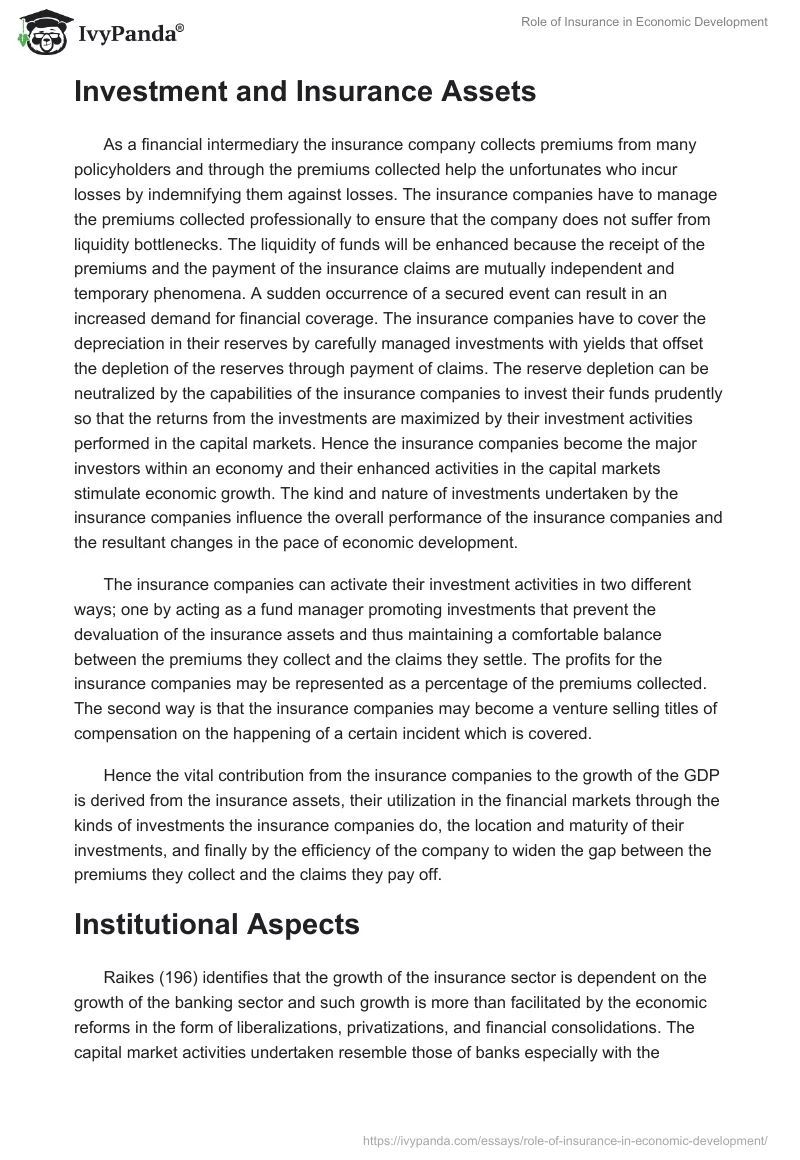Some Ideas on Pacific Prime You Need To Know
Some Ideas on Pacific Prime You Need To Know
Blog Article
The Only Guide to Pacific Prime
Table of ContentsThe Only Guide to Pacific PrimePacific Prime Fundamentals ExplainedThe Best Strategy To Use For Pacific PrimePacific Prime - The FactsWhat Does Pacific Prime Do?

This is due to the fact that the information were gathered for a period of strong economic efficiency. Of the estimated 42 million individuals who were uninsured, all yet concerning 420,000 (concerning 1 percent) were under 65 years old, the age at which most Americans come to be qualified for Medicare; 32 million were adults between ages 18 and 65, about 19 percent of all adults in this age group; and 10 million were children under 18 years of age, concerning 13.9 percent of all children (Mills, 2000).
These estimates of the number of persons without insurance are produced from the yearly March Supplement to the Current Population Survey (CPS), conducted by the Demographics Bureau. Unless or else noted, nationwide price quotes of individuals without medical insurance and proportions of the population with different type of protection are based upon the CPS, one of the most commonly used resource of quotes of insurance policy coverage and uninsurance rates.
The 3-Minute Rule for Pacific Prime

Still, the CPS is especially beneficial since it generates annual estimates relatively promptly, reporting the previous year's insurance protection estimates each September, and due to the fact that it is the basis for a regular set of price quotes for greater than 20 years, enabling evaluation of trends in coverage with time. For these reasons, along with the comprehensive use of the CPS in various other research studies of insurance policy protection that are presented in this record, we depend on CPS estimates, with constraints kept in mind.

The price quote of the variety of without insurance individuals broadens when a populace's insurance policy standing is tracked for a number of years. Over a three-year duration starting early in 1993, 72 million people, 29 percent of the united state populace, were without insurance coverage for at least one month. Within a solitary year (1994 ), 53 million people experienced at the very least a month without protection (Bennefield, 1998a)
6 out of every ten uninsured adults are themselves employed. Although functioning does boost the chance that a person and one's member of the family will certainly have insurance coverage, it is not a guarantee. Also members of families with two full time breadwinner have nearly a one-in-ten chance of being without insurance (9.1 percent uninsured price) (Hoffman and Pohl, 2000).
A Biased View of Pacific Prime
New immigrants make up a considerable proportion of people without medical insurance. One analysis has connected a substantial portion of the current development in the size of the U.S. uninsured population to immigrants who got here in the nation between 1994 and 1998 (Camarota and Edwards, 2000). Recent immigrants (those who pertained to the United States within the previous four years) do have a high rate of being without insurance (46 percent), however they and their youngsters account for simply 6 visit site percent of those without insurance country wide (Holahan et al., 2001).
The connection in between medical insurance and accessibility to care is well established, as recorded later in this phase. Although the connection between medical insurance and health outcomes is neither straight neither simple, an extensive clinical and wellness solutions research study literary works web links health and wellness insurance policy coverage to better accessibility to care, much better top quality, and boosted individual and populace health standing.
Degrees of analysis for taking a look at the results of uninsurance. It concentrates specifically on those without any type of health and wellness insurance for any type of length of time.
Things about Pacific Prime
The problems dealt with by the underinsured are in some areas similar to those faced by the without insurance, although they are usually less severe. international travel insurance. Uninsurance and underinsurance, nevertheless, involve noticeably different plan problems, and the approaches for resolving them might vary. Throughout this research and the 5 records to comply with, the main emphasis gets on persons without any medical insurance and therefore no assistance in paying for healthcare beyond what is available via charity and safeguard organizations
Health insurance coverage is a powerful element affecting receipt of care since both patients and medical professionals respond to the out-of-pocket rate of services - https://fliphtml5.com/homepage/odsej/pacificpr1me/. Health and wellness insurance coverage, nonetheless, is neither required neither adequate to access to medical solutions. Nonetheless, the independent and straight impact of health insurance policy protection on access to wellness services is well developed.
Others will obtain the healthcare they require also without medical insurance, by paying for it expense or seeking it from service providers that use care free or at very subsidized rates. For still others, medical insurance alone does not guarantee receipt of care since of various other nonfinancial obstacles, such as an absence of health treatment carriers in their neighborhood, limited accessibility to transportation, illiteracy, or etymological and cultural differences.
Pacific Prime for Dummies
Formal research study about without insurance populaces in the United States dates to the late 1920s and early 1930s when the Board on the Cost of Treatment produced a collection of records about financing medical professional workplace gos to and hospital stays. This problem became salient as the varieties of medically indigent climbed during the Great Depression.
Report this page